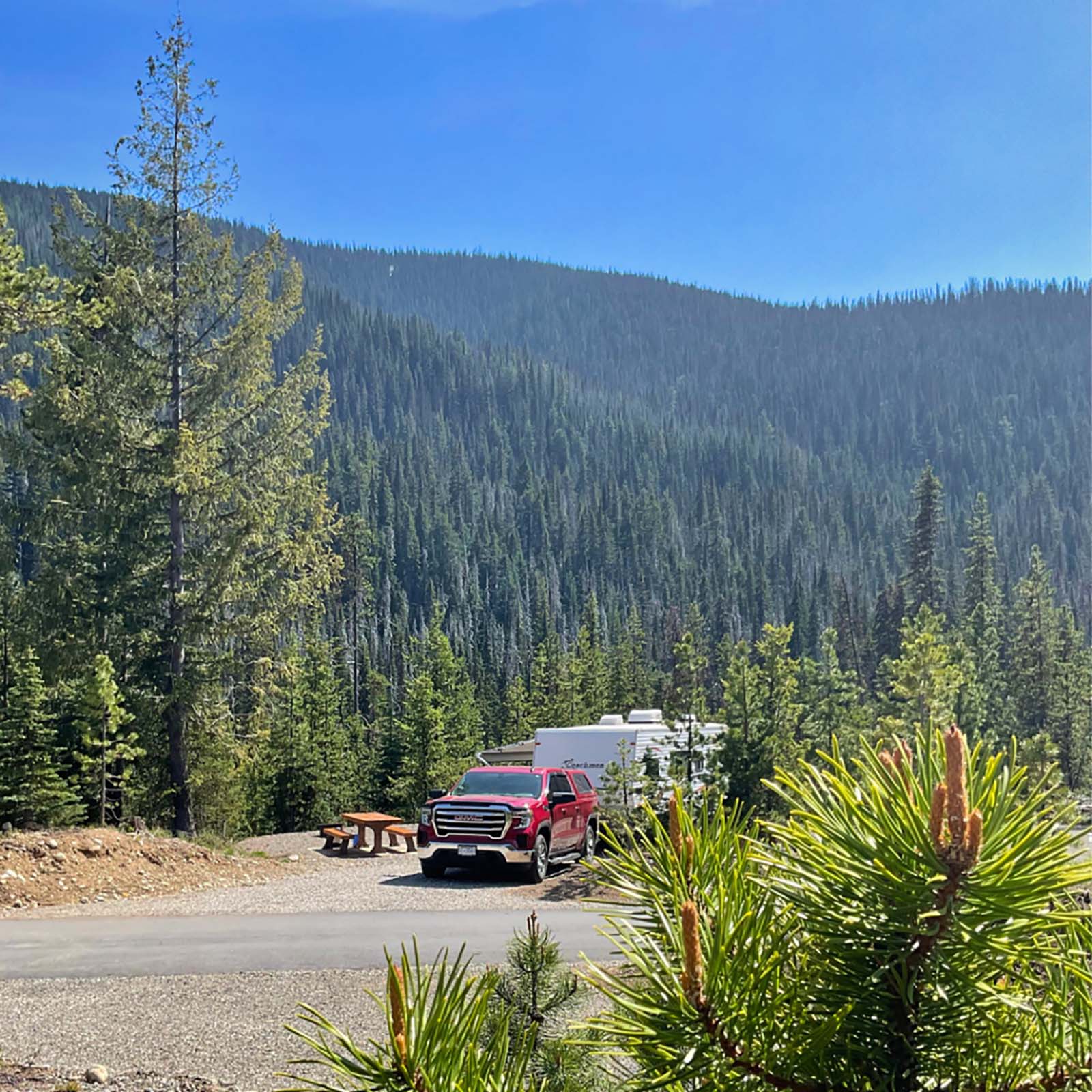How to Check RV Battery Water Level

Proper maintenance of your RV battery is essential for ensuring its longevity and performance. One crucial aspect of battery care is regularly checking and maintaining the water level. Here are some step-by-step instructions on how to check the water level in your RV battery.
1. Gather the necessary tools and equipment: – Distilled water – Safety goggles – Rubber gloves – Flashlight – Screwdriver (if required)
2. Find the battery
The first step is locating the RV battery. In most cases, it is located in a compartment outside the RV, but the exact location may vary depending on your model. Once you have found the battery, ensure that the RV is turned off and disconnected from any external power source.
3. Prepare for safety
Your safety is important, so it is essential to take some precautions. Put on safety goggles and rubber gloves to protect yourself from potential battery acid leaks. Also, make sure the area around the battery is well-lit to avoid accidents.4. Open the battery caps
Most RV batteries have removable caps on top. Use a screwdriver or any suitable tool to gently pry open the caps. Some batteries may have a vented cover, which can be opened easily. Ensure that you have access to all cells of the battery.5. Check the water level
Now it’s time to check the water level in each cell of the battery. Carefully examine each cell and observe the electrolyte level. Ideally, the water should cover the lead plates. If the plates are exposed, it indicates a low water level, and you need to add distilled water.
6. Adding water to the battery
If the water level is low, use a funnel or a watering can with a narrow spout to add distilled water. Pour water carefully into each cell until the level reaches just below the fill indicator or the split ring inside the cell. Be cautious not to overfill, as it can cause acid spillage during charging.7. Clean the battery terminals
While performing maintenance, take the opportunity to clean the battery terminals. Corrosion and buildup on terminals can affect battery performance. Use a mixture of baking soda and water to scrub the terminals gently. Rinse with water and dry thoroughly before reattaching the cables.8. Close the battery caps
Once you have finished adding water and cleaning, securely close the battery caps. Ensure they are tightened appropriately to prevent any leakage. This step is crucial because open caps can allow hydrogen gas, produced during charging, to escape and pose a safety hazard.9. Reconnect the battery
Carefully reattach the cables to the battery terminals. Connect the positive (red/+) cable first, followed by the negative (black/-) cable. Make sure the connections are tight and secure.10. Regular maintenance
Checking the water level in your RV battery should be a routine part of your maintenance schedule. Aim to inspect and top up the water level every 1-2 months, especially during the hot summer months when evaporation rates are higher. Regular maintenance will help prolong the life and performance of your RV battery.By following these steps and regularly monitoring the water level in your RV battery, you can ensure optimal battery performance and extend its lifespan. Remember to prioritize safety and take necessary precautions throughout the process.

